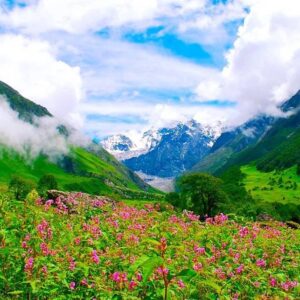Oasis of Life: Amazing Trees Found in Desert Areas
Nature WorldWide March 5, 2024 0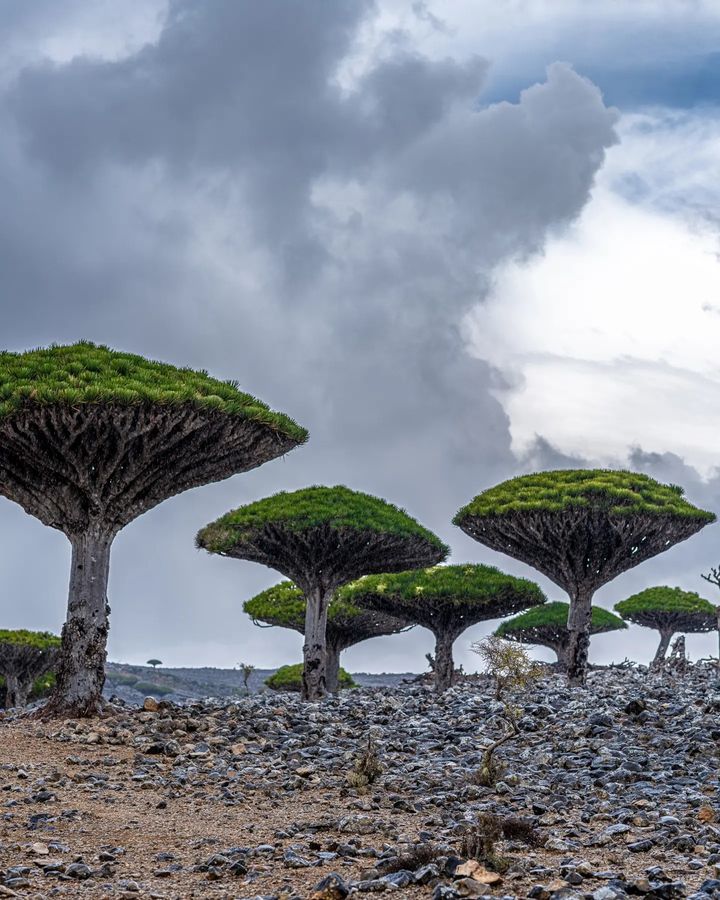
Deserts, often perceived as barren, harbor remarkable trees adapted to thrive in harsh conditions. This blog explores the unique features and adaptations of Amazing Trees Found in Desert Areas, shedding light on their crucial roles in sustaining life in seemingly inhospitable landscapes.
Adansonia (Baobab) – The “Upside-Down” Tree:
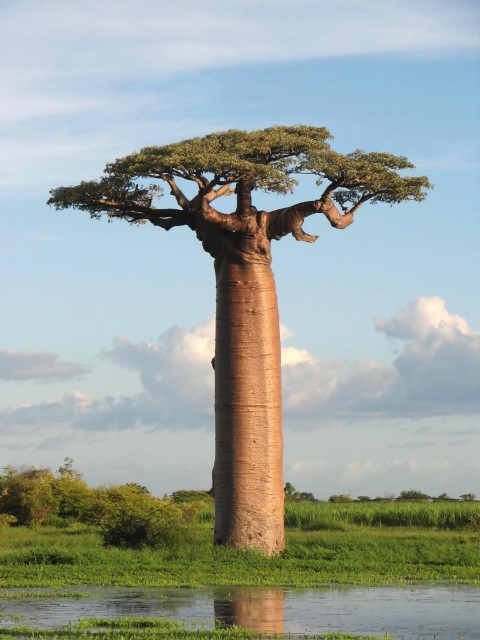
The Baobab tree, known as the “upside-down” tree, stands out in African and Australian deserts with its unique silhouette. Its massive trunk and branch-like roots store water, enabling it to endure extended periods of drought.
Read More: 10 Most Oxygen Producing Trees in India
Welwitschia mirabilis – The Ancient Survivor:
Endemic to the Namib Desert, the Welwitschia mirabilis is a living fossil known for its remarkable longevity. Despite its otherworldly appearance, with only two strap-like leaves, this tree can live for centuries, defying the harsh conditions of one of the world’s oldest deserts.
Dragon Blood Tree (Dracaena Cinnabari) – Mystical Beauty:
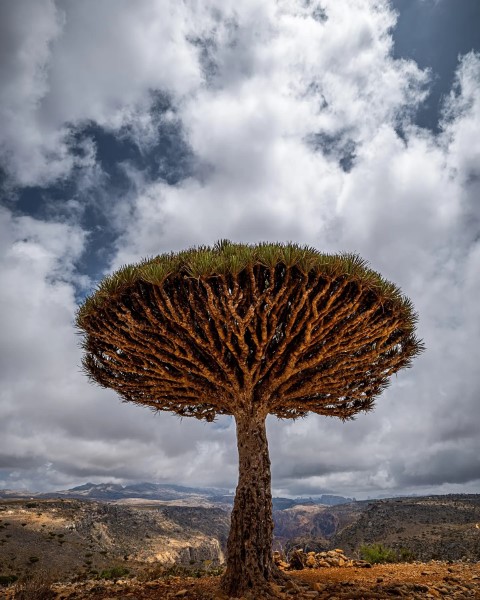
Native to the Socotra archipelago, the Dragon Blood Tree derives its name from the crimson sap it produces. With an otherworldly umbrella-shaped canopy and a unique resin with various cultural and medicinal uses, this tree adds an enchanting touch to arid landscapes.
Quiver Tree (Aloe Dichotoma) – Living Water Reservoir:
Endemic to the deserts of Namibia, the Quiver Tree stands out with its succulent trunk and distinctive forked branches. Used by indigenous people to make quivers for arrows, this tree stores water in its fibrous tissues, enabling it to survive in arid environments.
Read More: 10 Unusual Trees Found Around The World
Saguaro Cactus (Carnegiea gigantea) – Symbol of the Sonoran Desert:
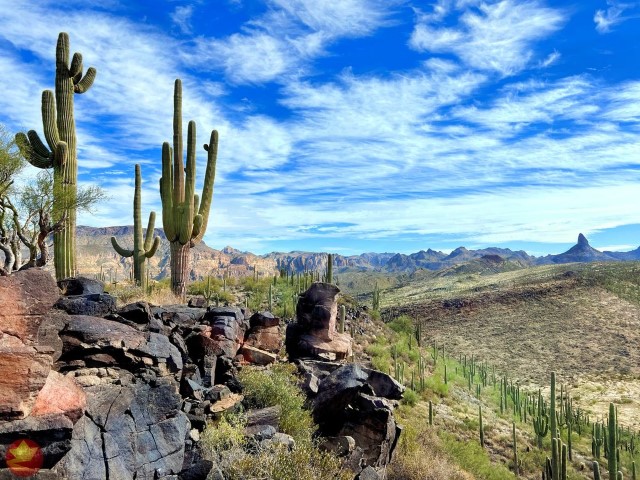
While not a traditional tree, the Saguaro Cactus deserves mention for its towering presence in the Sonoran Desert. These colossal cacti can reach heights of 40 feet or more, providing shelter and sustenance to a variety of desert wildlife.
Ghost Gum (Corymbia Aparrerinja) – Ephemeral Elegance:
Native to the Australian Outback, the Ghost Gum is known for its smooth, ghostly white bark that contrasts with the red desert sands. This tree’s roots reach deep into the ground to tap into groundwater, showcasing its ability to adapt to arid conditions.
Read More: Top 10 Long-Living Trees in India
Ironwood Tree (Olneya Tesota) – Desert Strength:
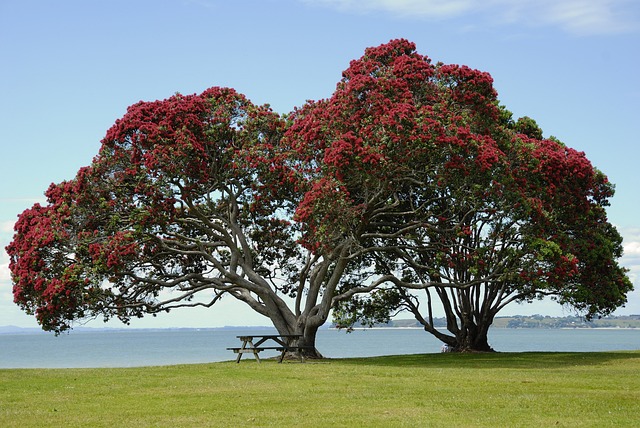
Found in the Sonoran and Mojave Deserts, the Ironwood Tree is a testament to nature’s resilience. Known for its dense and durable wood, this tree thrives in extreme temperatures and provides essential shade for desert flora and fauna.
Argan Tree (Argania Spinosa) – Liquid Gold in the Desert:
Endemic to Morocco, the Argan Tree plays a vital role in arid ecosystems. Its fruit produces argan oil, highly valued for its culinary and cosmetic properties. The tree’s deep roots help prevent soil erosion in the desert landscape.
Read More: Top 10 Beautiful Flowering Trees in India
Indian Rosewood (Dalbergia sissoo) – Oasis Guardian:
Thriving in the arid regions of India, the Indian Rosewood is prized for its dense, durable wood. This tree provides shade and shelter for various desert creatures and contributes to the conservation of soil and water resources.
Juniper Tree (Juniperus spp.) – Hardy Survivor of Arid Climates:
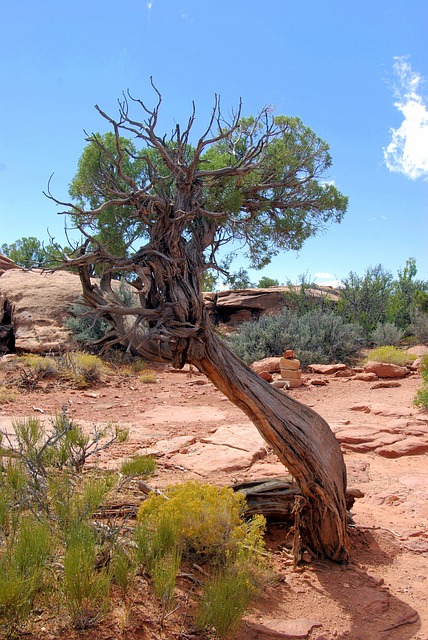
Found in deserts worldwide, Juniper Trees are known for their hardy nature and ability to endure challenging conditions. These trees often showcase twisted and gnarled trunks, reflecting their resilience in the face of limited water availability.
Read More: Exploring the 11 Most Colorful Trees in the World
Conclusion:
These Amazing Trees Found in Desert Areas unveil a world of resilience, adaptation, and natural beauty. Desert trees, from the ancient Welwitschia mirabilis to the majestic Saguaro Cactus, play a vital role in ecological balance and life sustenance in challenging environments. Exploring these wonders reveals the intricate dance between life and aridity, showcasing nature’s ability to thrive even in harsh landscapes.
